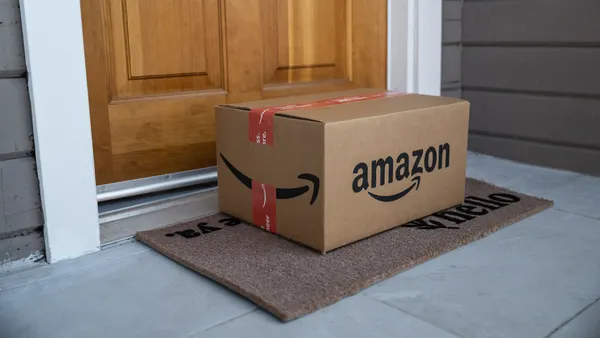Where are you selling these days? Your website, of course, but what about Amazon? Maybe Walmart.com? Etsy, even? How about Facebook or Instagram shopping?
It's no secret how important the digital world of commerce plays to any brand these days. Where a sole web presence was once all that was required, you must now maintain a storefront on a multitude of channels, marketplaces, social media shops, etc. This makes the ever-increasing number of channels now requisite for success in today's e-commerce world.
While this brings quite a complexity to any e-commerce business, let's look on the bright side: It also comes with broader audience reach.
For a long time, e-commerce success has been predicated on conversion rate optimization (CRO), which makes the most logical sense. The more traffic you convert through each stage of the funnel, the more likely you are to reach your lofty revenue and growth goals.
Conversion rate optimization continues to get trickier the more channels you add and audience segments you create within your business. What works for one group or channel might tank your rate for another. Naturally, here is where we start worrying about the impact on customer experience, and where we identify customer experience optimization (CXO) as a more holistic way to foster engagement with customers to generate revenue.
What's the difference between CRO and CXO?
While CRO makes sense to implement — don't get us wrong, it has a place in your marketing with important metrics to track — it focuses too much on the singular transactions.
By placing more emphasis, attention, and resources on customer experience, there are more long-term gains you can make with customers to have a bigger impact on your bottom line.
1. The intangible importance of brand equity
Your brand equity is that perceptive weight you carry with your customers. It's how they feel about your brand, how they evangelize your brand to others, how likely they are to purchase from you — either or, hopefully, on a repeated basis.
Of course, brand equity is difficult to build and even harder to measure in the short term. You have to build a relationship with them through their experiences with your brand. This can manifest in your store, online, OOH, events — anywhere. The key is consistency. Building a brand reputation through consistent digital experiences helps with positive association and establishing recognition.
Consistency is a huge part of the customer experience, so each retailer needs to nail down what steps they are taking to develop that relationship with customers through well-thought-out experiences.
2. When every touchpoint is customer engagement
Engagement means a lot of things, so for the purposes of this article, we'll define it in terms of the customer interacting with your brand through various channels. Historically, commerce brands' engagement with customers manifested in driving quick transactions. It's minimal and focused on short-term goals.
However, when the customer experience is developed properly, you can engage customers through content, virtual experiences, online gamification, personalization, as well as driving interactions and transactions.
Take your mobile app's home screen as an example. How do you offer an engaging experience that spans across your storefronts, website, and apps? One idea is to offer a virtual concierge — much like a storefront greeter who can help you with your personal likes and dislikes. Leverage the current technology to bring the store experience into your customers' homes. This is precisely the kind of interaction that shoppers miss and retailers miss out on.
It's a longer process, but the benefits manifest in multitudes.
Get it done right with CXO
Ultimately, building brand equity and driving engagement are tactics to earn loyalty and trust from your customers. These days, brand loyalty is very fickle, making it nearly impossible to generate lifetime value out of any single customer.
Developing digital experiences to create relationships with your customers beyond generating a single transaction will help you understand your buyers better over time and create a longer-lasting revenue stream, while indirectly improving your CRO.
So why focus only on your short-term with CRO when you can impact so much more?










